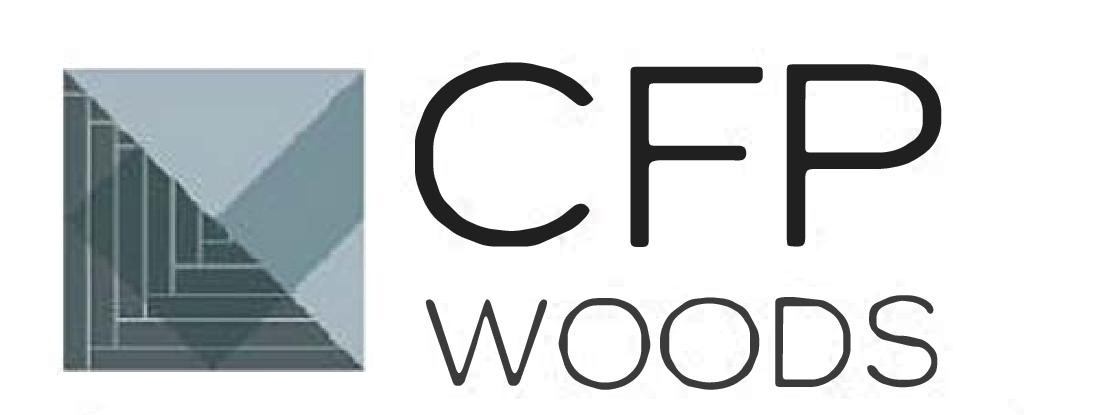Thermal modification, which is an emerging, chemical-free technology in the U.S., can add substantial value to wood.
The forest products industry is vital to the economic health of many regions of the U.S.; however, in many areas wood harvest volumes remain well below sustainable harvest levels, leading to some negative, cascading effects across the industry, such as lower economic returns from forest land and increased wildfire hazards. One way to incentivize increased harvest of timber is to increase the value of the timber. Thermal modification, which is an emerging, chemical-free technology in the U.S., can add substantial value to wood, particularly low-value and/or underutilized species and wood infected by pests, such as the emerald ash borer (EAB). Thermal modification involves the controlled heating of lumber in a low- or no-oxygen environment, imparting advantageous properties in most species of hardwoods and softwoods, including increased moisture resistance, improved dimensional stability, and increased resistance to degradation from rot-inducing fungi.
While thermal modification is an emerging opportunity for U.S. producers, a lack of publicly-available and unbiased performance data for many common species has greatly limited the technology’s use. Thus, the U.S. has a pressing need for accurate and unbiased mechanical, physical, and biological durability performance data to support the advancement and implementation of this technology.
To address this need and opportunity, the University of Minnesota Duluth Natural Resources Research Institute (NRRI), Michigan Technological University (MTU), and other partners are conducting a five-year, U.S. Department of Agriculture Wood Innovations program-funded applied research project (USDA grant no. 15-DG-11420004-082) to generate public-domain performance data for white ash, red maple, yellow poplar, Eastern hemlock, and balsam fir that is thermally modified at moderate and intense treatment intensities. The performance testing includes a range of mechanical, physical, and biological durability properties, including coating performance, adhesion, bending strength and stiffness, compression strength, hardness, split resistance, dimensional stability, and laboratory- and field-scale fungal decay resistance.
This solid scientific platform could be the basis for regional manufacturers and their customers to fully understand the potential for thermally modified wood manufactured from select regional wood species, potentially leading to increased wood harvest and greater economic output.
I want to thank researcher Matt Aro from the University of Minnesota’s, Natural Resources Research Institute, for providing this article and his continued efforts in bringing thermally modified wood research awareness for the long term benefit of the industry and the general public here in North America.

